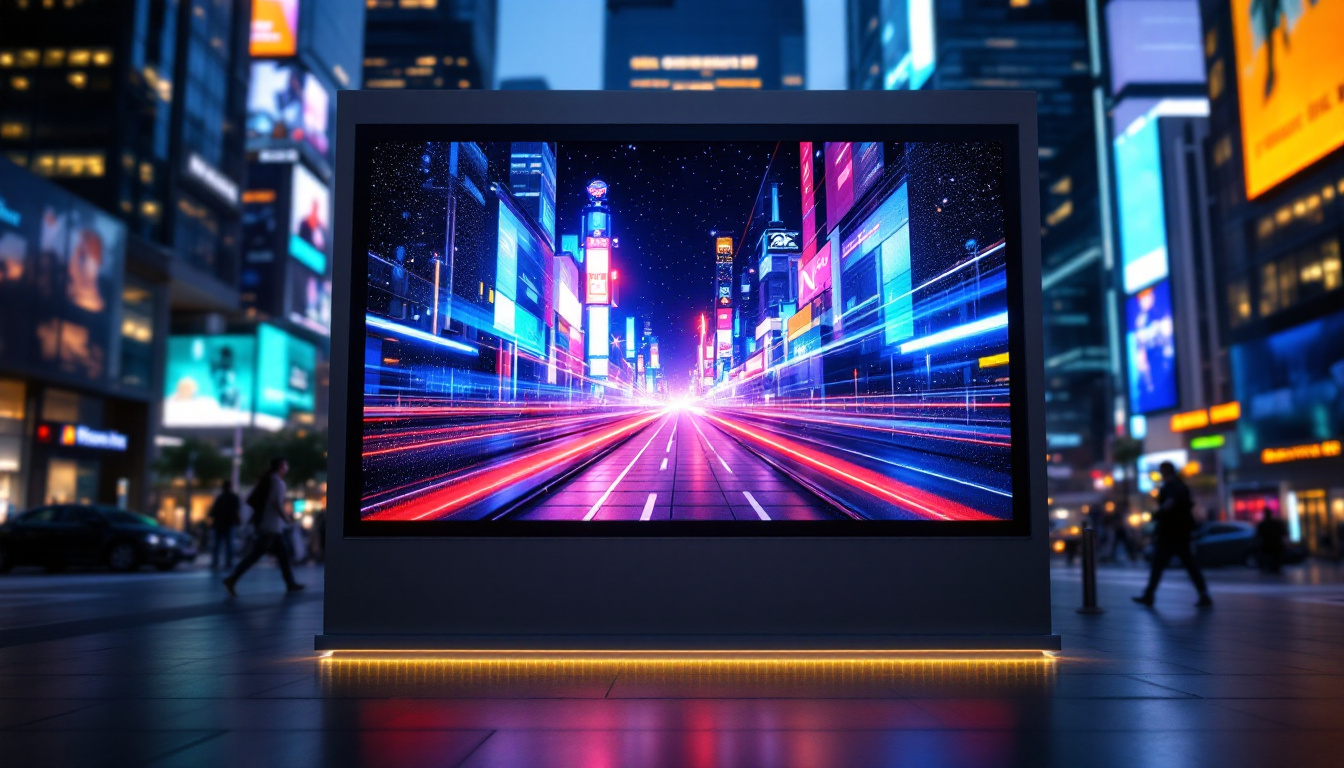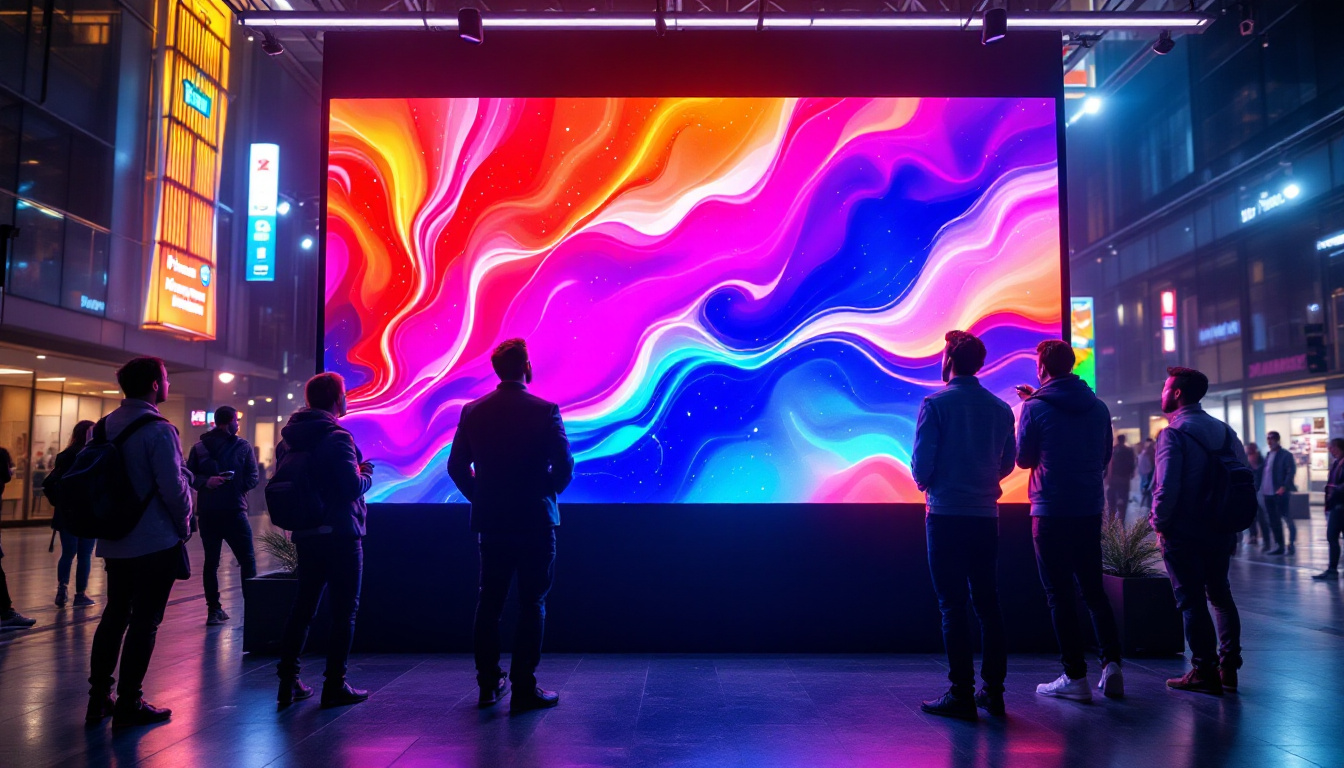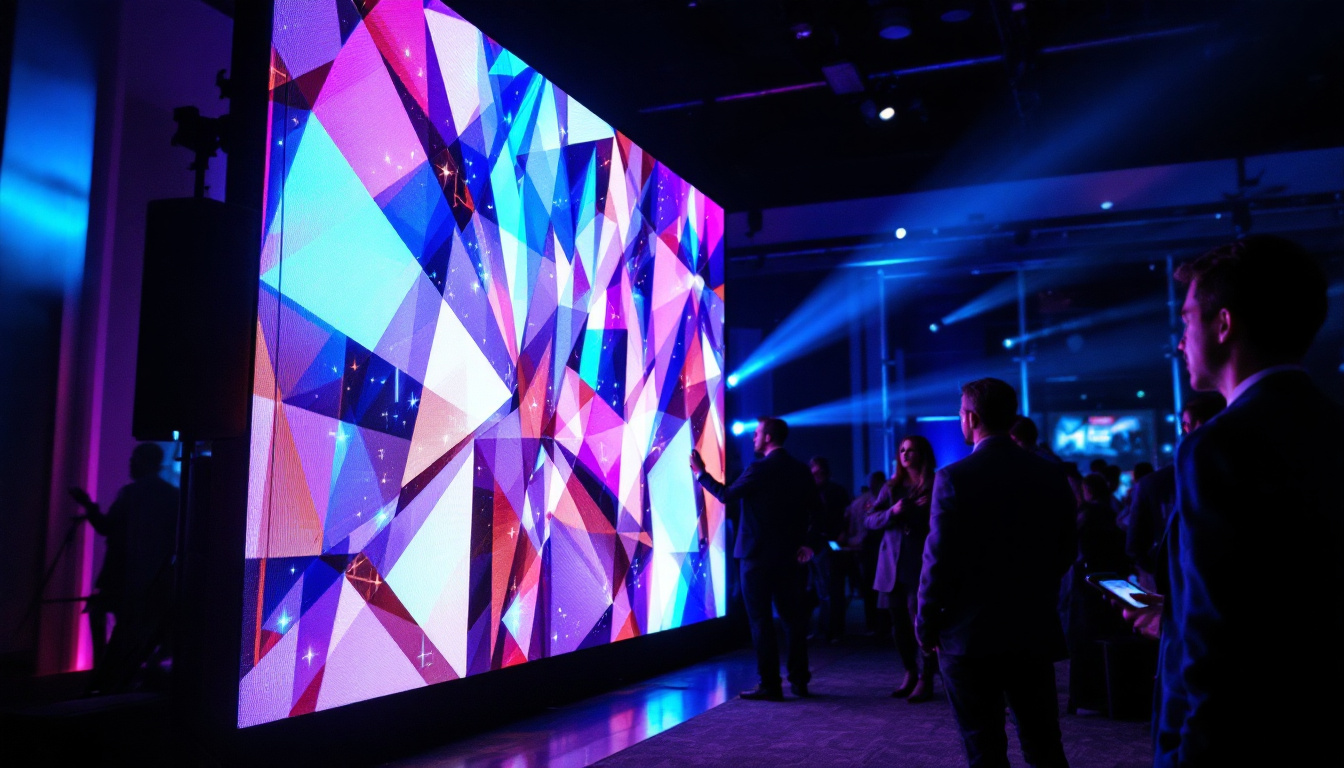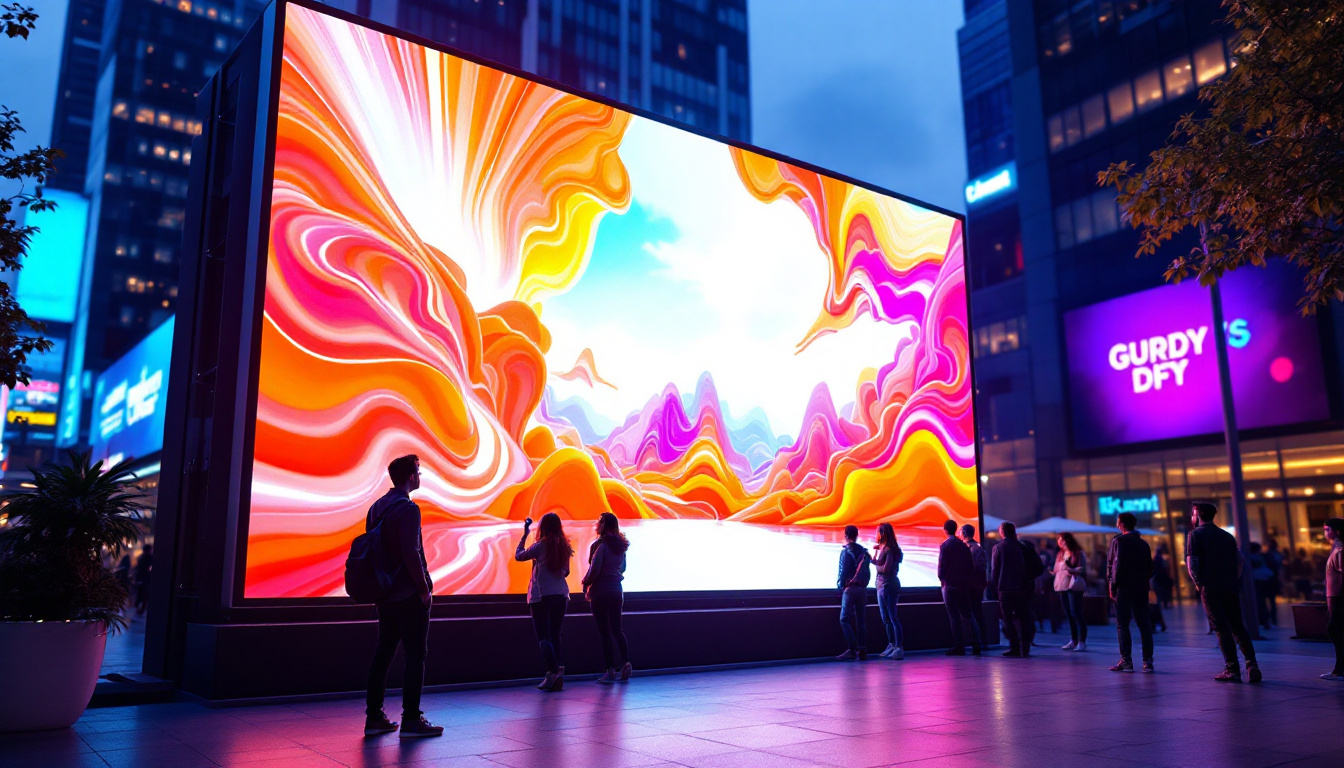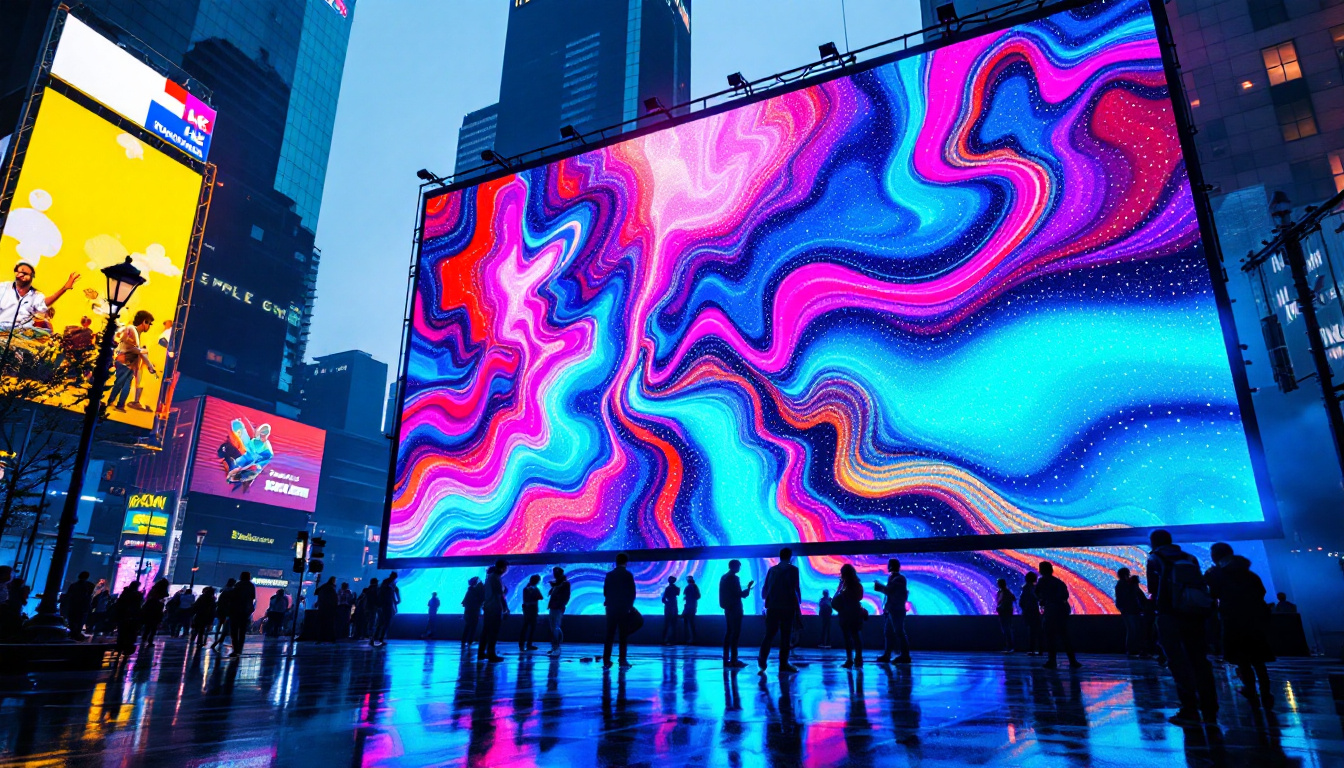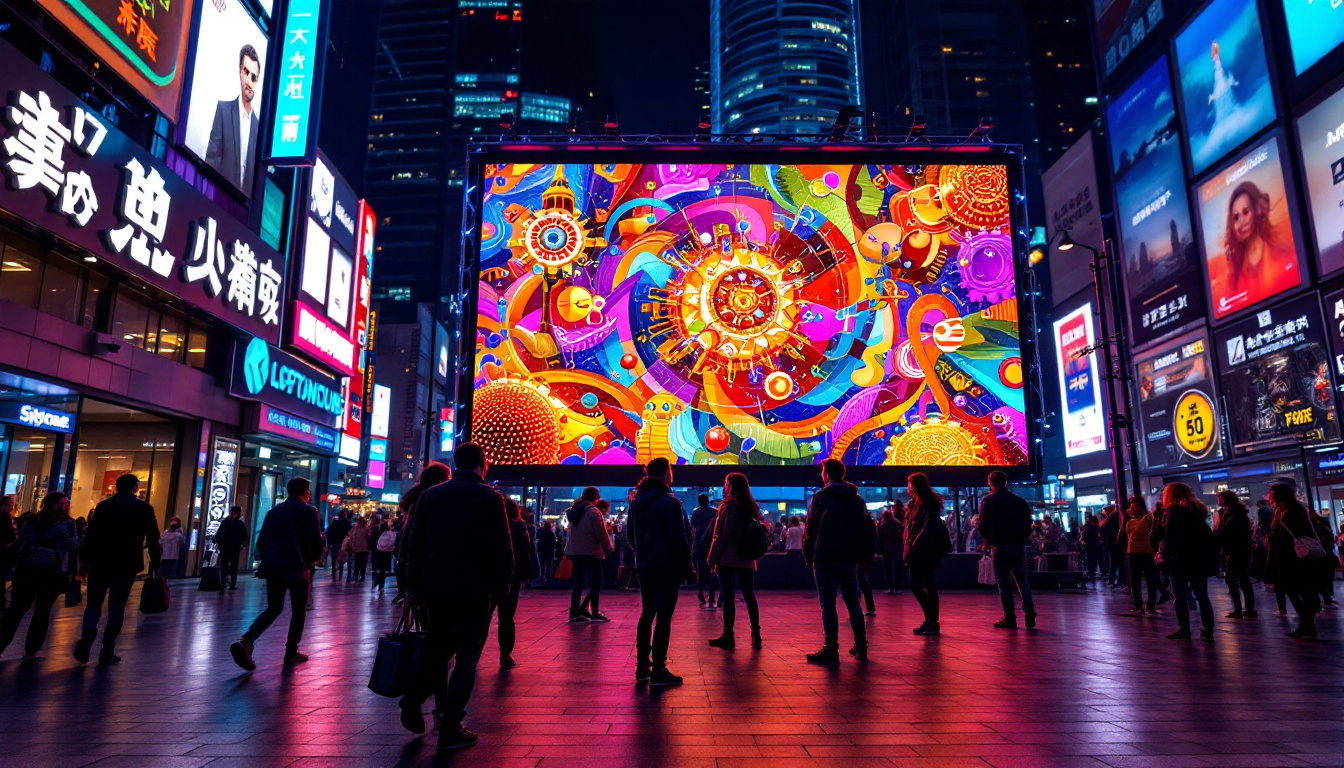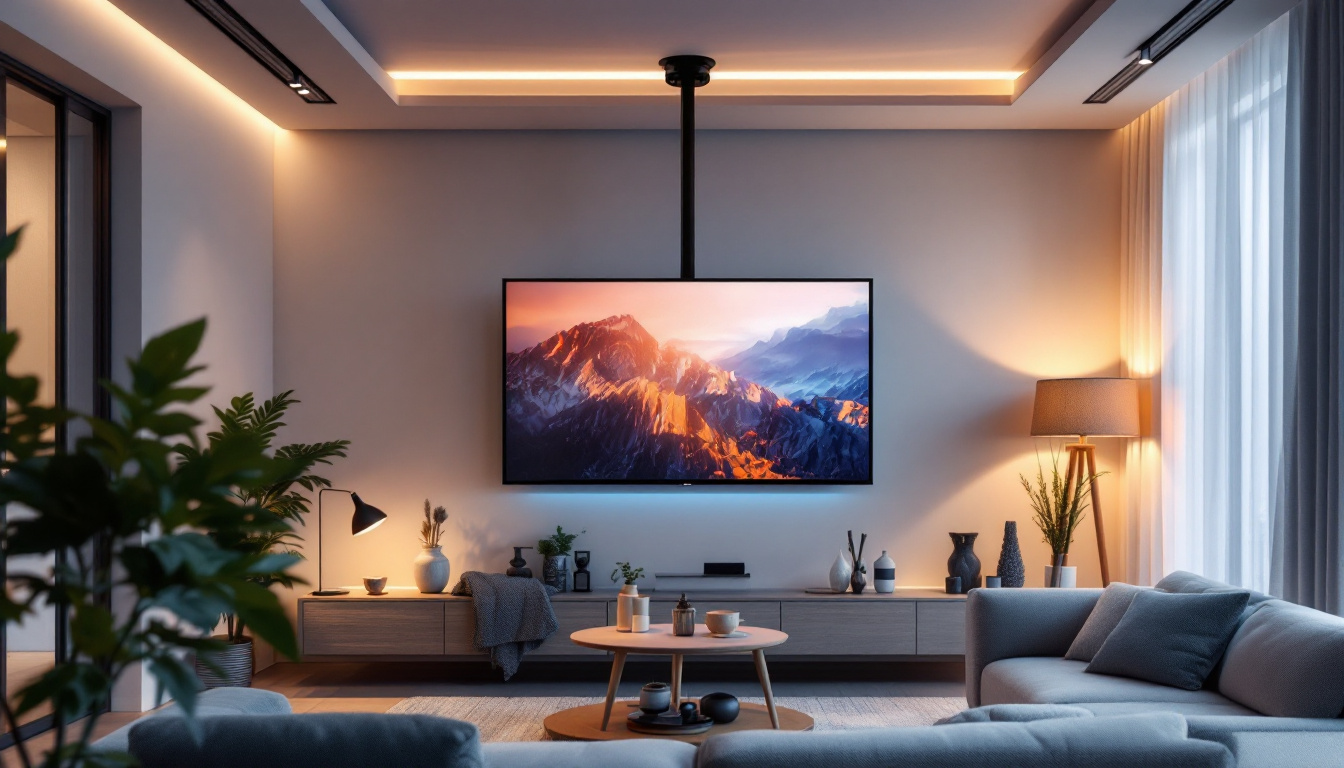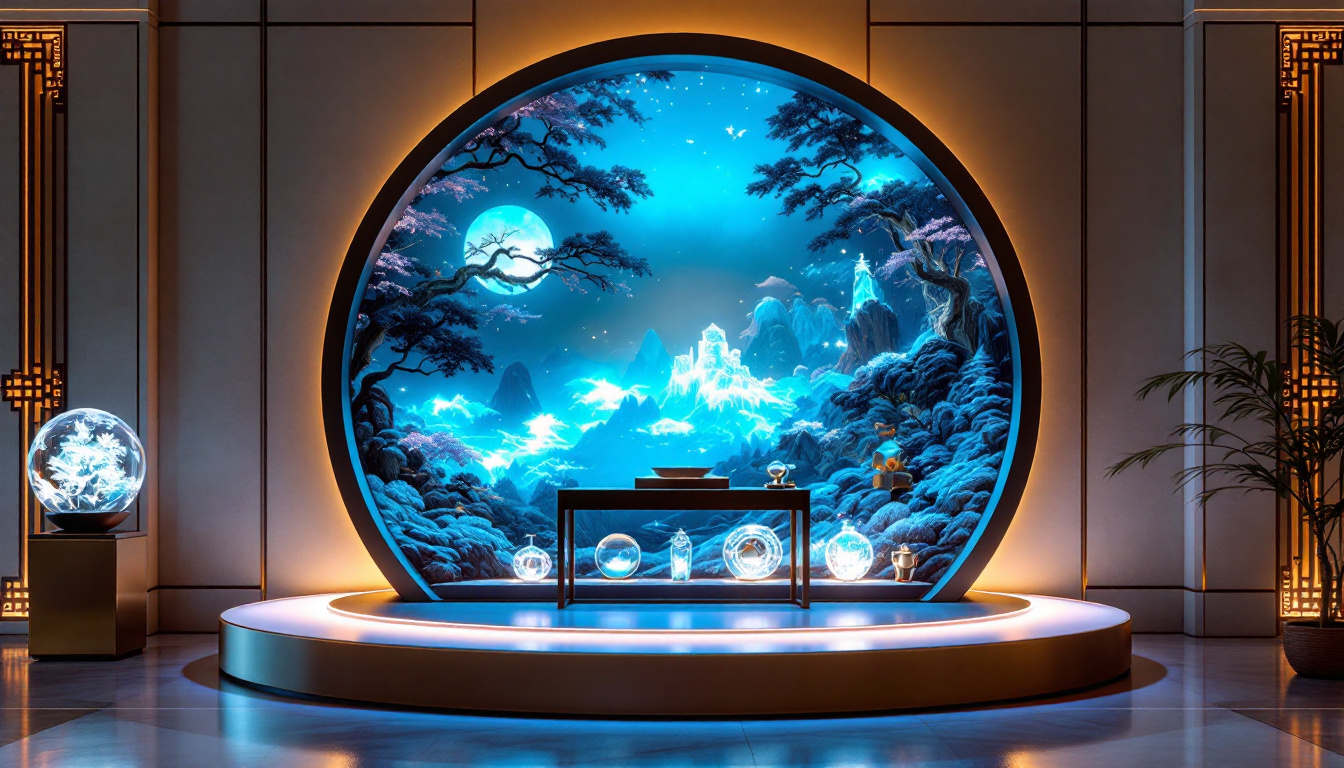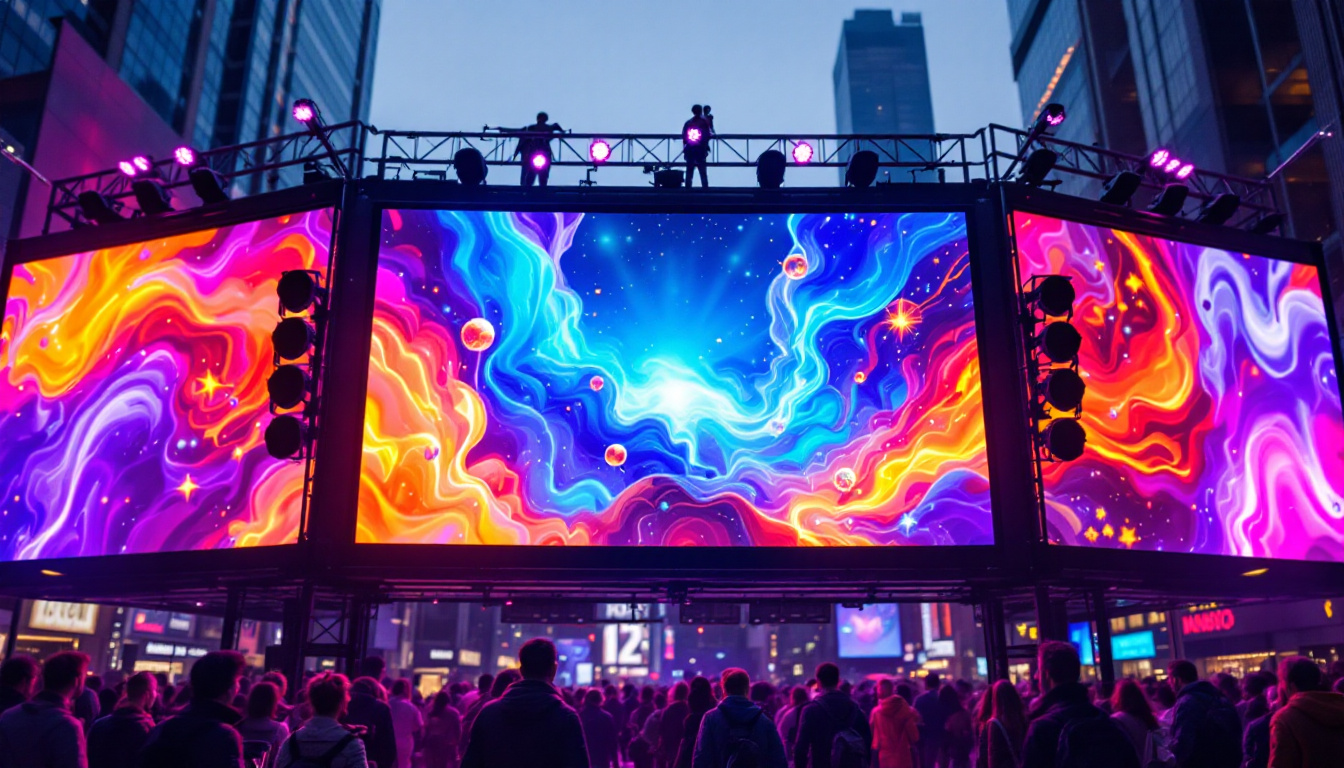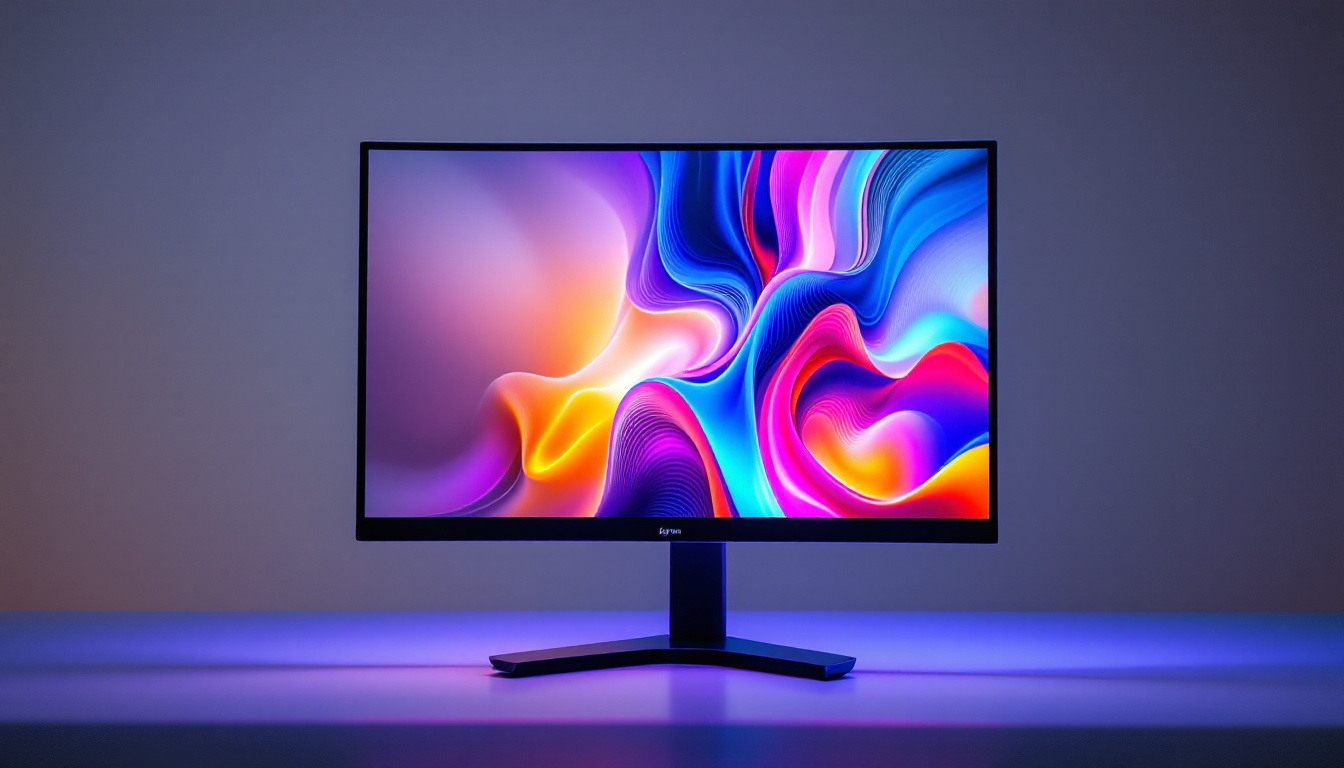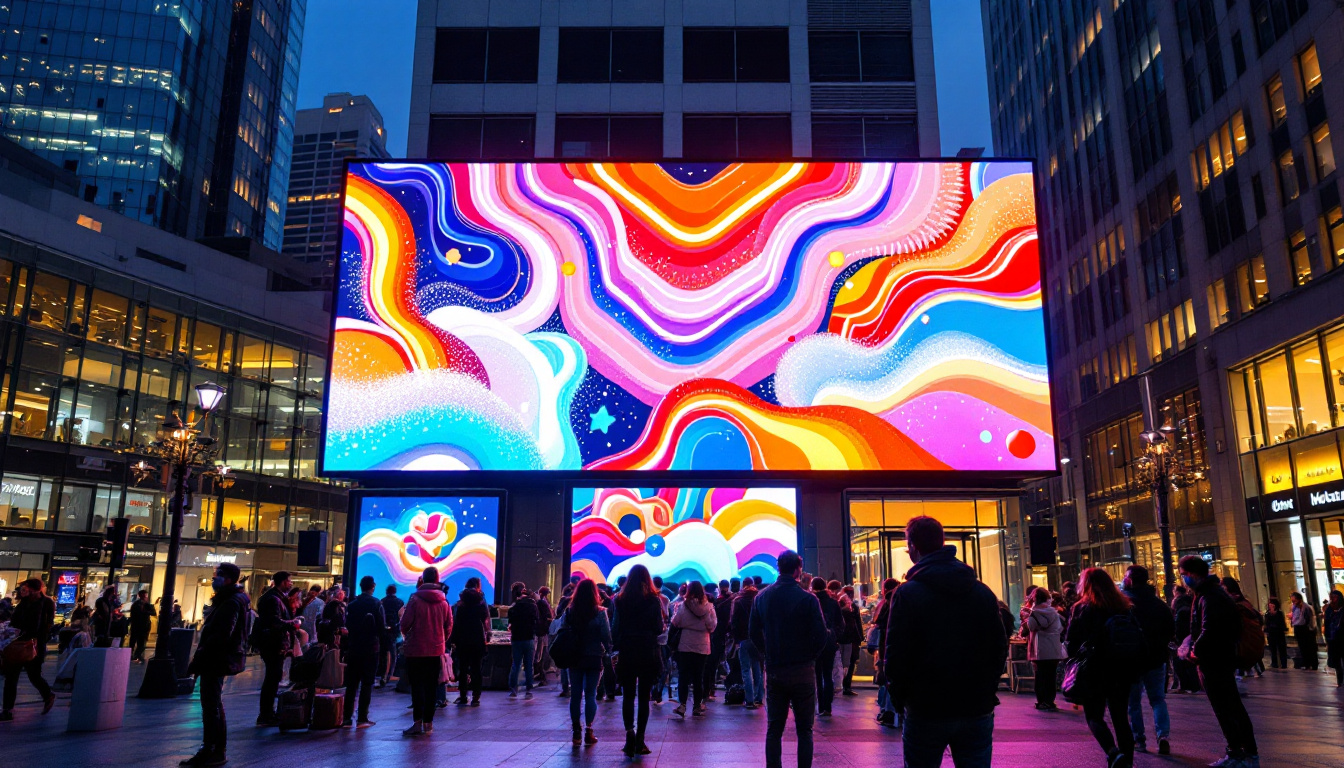In today’s digital age, the demand for high-quality video content has reached unprecedented levels. As technology continues to evolve, so does the need for displays that can showcase this content in the best possible light. One of the most significant advancements in this realm is the rise of 4K resolution, particularly in LED displays. This article delves into the intricacies of 4K video and how LED technology plays a crucial role in delivering stunning visuals.
Understanding 4K Resolution
4K resolution, also known as Ultra High Definition (UHD), refers to a display resolution of approximately 3840 x 2160 pixels. This is four times the pixel count of 1080p, the previous standard for high-definition video. The increase in pixel density allows for sharper images, more detail, and a more immersive viewing experience. The transition to 4K has revolutionized the way we consume visual media, making it a preferred choice for home theaters, gaming setups, and professional displays.
The Importance of Pixel Density
Pixel density is a critical factor in determining the quality of an image. Higher pixel density means that more pixels are packed into the same screen size, resulting in finer details and smoother edges. This is particularly important for large screens, where lower resolutions can lead to noticeable pixelation. With 4K, viewers can enjoy a clearer and more vibrant picture, making it ideal for everything from movies to video games. Furthermore, the enhanced pixel density also contributes to improved color accuracy and contrast, allowing for a more lifelike representation of scenes. This is especially beneficial in genres like photography and graphic design, where precision is key.
Content Availability
As the popularity of 4K displays has surged, so too has the availability of 4K content. Streaming platforms like Netflix, Amazon Prime Video, and YouTube now offer a wide array of 4K videos, ranging from blockbuster films to nature documentaries. Additionally, many new video games are being developed with 4K support in mind, providing gamers with stunning visuals that enhance their experience. The rise of 4K content is not limited to streaming; physical media such as Ultra HD Blu-ray discs have also gained traction, offering enthusiasts a way to experience the highest quality video and audio possible. Moreover, new cameras and smartphones are increasingly capable of capturing 4K video, empowering content creators to produce high-resolution material that can be enjoyed across various platforms.
LED Technology: A Game Changer
Light Emitting Diode (LED) technology has revolutionized the way displays are made and viewed. Unlike traditional LCD screens, which rely on backlighting, LED displays use individual diodes to produce light. This results in several advantages that make LED the preferred choice for 4K video.
Brightness and Color Accuracy
One of the standout features of LED displays is their ability to produce bright, vibrant colors. The individual diodes allow for precise control over brightness levels, which is essential for displaying the wide color gamut that 4K content often features. This means that viewers can enjoy deeper blacks, brighter whites, and a more extensive range of colors, enhancing the overall viewing experience. Furthermore, advancements in LED technology, such as quantum dot displays, have further improved color accuracy by utilizing nanometer-sized semiconductor particles that emit specific colors when exposed to light. This technology not only enhances the vividness of the display but also ensures that colors remain true to life, making it a favorite among filmmakers and content creators who demand the highest fidelity in their work.
Energy Efficiency
In addition to superior image quality, LED technology is also more energy-efficient compared to traditional display technologies. This efficiency not only reduces electricity costs but also contributes to a lower carbon footprint. As consumers become more environmentally conscious, the energy savings associated with LED displays make them an appealing choice. Moreover, the longevity of LED lights is another significant factor; they can last up to 25 times longer than traditional incandescent bulbs. This durability means fewer replacements and less electronic waste, aligning with global sustainability efforts. As manufacturers continue to innovate, we can expect even more energy-efficient designs that push the boundaries of what is possible in display technology, paving the way for a greener future in visual entertainment.
Types of LED Displays
There are several types of LED displays available on the market, each with its unique characteristics and applications. Understanding these types can help consumers make informed decisions when selecting a display for their needs.
Standard LED Displays
Standard LED displays are the most common type found in homes and businesses. They utilize a matrix of LEDs to create images and are widely used for televisions and computer monitors. These displays offer excellent color reproduction and are suitable for most viewing environments. The technology behind standard LED displays has evolved significantly, with advancements in backlighting techniques such as edge-lit and full-array LED, which enhance brightness and contrast. Additionally, many standard LED displays now incorporate features like smart technology, allowing users to stream content directly from the internet, further enhancing their usability.
OLED Displays
Organic Light Emitting Diode (OLED) displays take LED technology a step further by using organic compounds to produce light. This allows for even deeper blacks and more vibrant colors, as each pixel can be turned on or off independently. OLED displays are often favored by filmmakers and video editors for their superior color accuracy and contrast ratios. Furthermore, the flexibility of OLED technology has led to innovative designs, such as curved and ultra-thin displays, which not only enhance aesthetics but also improve the immersive viewing experience. As OLED technology continues to advance, manufacturers are also working on increasing the longevity and durability of these displays, addressing previous concerns about burn-in effects.
MicroLED Displays
MicroLED technology is the latest advancement in LED displays, combining the benefits of both standard LED and OLED. MicroLEDs are tiny individual LEDs that can create their own light, resulting in exceptional brightness and color performance. Although still emerging in the market, MicroLED displays promise to deliver the ultimate viewing experience for 4K content. One of the most exciting aspects of MicroLED technology is its scalability; it can be used to create large video walls or customized screen sizes without compromising image quality. This flexibility makes MicroLED ideal for a variety of applications, from commercial advertising to high-end home theaters. As research and development in this area continue, we can expect to see even more innovative uses for MicroLED displays, potentially revolutionizing how we interact with visual media in our daily lives.
Enhancing 4K Video Quality
While having a 4K LED display is essential for enjoying high-resolution video, several other factors contribute to the overall quality of 4K content. From the source material to the playback device, each element plays a role in ensuring that viewers get the best experience possible.
Source Material
The quality of the source material is paramount when it comes to 4K video. Content that is specifically produced in 4K will naturally look better than upscaled content. Filmmakers and content creators are increasingly adopting 4K cameras and production techniques, ensuring that the material is optimized for high-resolution displays. Moreover, the use of high dynamic range (HDR) technology in conjunction with 4K can significantly enhance the visual experience. HDR allows for a wider range of colors and contrasts, making scenes appear more lifelike and vibrant. This combination of 4K resolution and HDR can elevate the viewing experience to new heights, making even the most mundane scenes captivating.
Playback Devices
Using the right playback device is equally important. Many modern Blu-ray players, gaming consoles, and streaming devices support 4K output. Ensuring that the device is capable of delivering 4K content without compression artifacts is essential for maintaining image quality. Additionally, HDMI cables should be rated for 4K to avoid any potential issues with signal transmission. It’s also worth noting that many streaming services now offer 4K content, but the quality can vary widely based on the compression methods used. For instance, some platforms utilize advanced codecs like HEVC (H.265), which can provide better quality at lower bitrates compared to older codecs. This means that not only the device but also the internet connection plays a crucial role; a stable and fast connection is necessary to stream 4K content without interruptions or buffering, ensuring a smooth and enjoyable viewing experience.
The Future of 4K and LED Technology
The future of 4K video and LED technology looks promising, with ongoing advancements that continue to enhance the viewing experience. As more consumers adopt 4K displays, the demand for high-quality content will only increase, driving innovation in both hardware and software.
Emerging Technologies
Future developments in display technology, such as 8K resolution and improved HDR (High Dynamic Range) capabilities, will further enhance the visual experience. As these technologies become more mainstream, consumers can expect even more lifelike images and immersive viewing experiences.
Broader Applications
Beyond home entertainment, 4K LED displays are finding applications in various fields, including education, healthcare, and advertising. In classrooms, 4K displays can facilitate more engaging learning experiences, while in healthcare, they can assist in detailed imaging for diagnostics. In advertising, high-resolution displays can capture the attention of consumers more effectively than ever before.
Conclusion
4K video and LED display technology have transformed the way content is consumed and experienced. With their ability to deliver stunning visuals, vibrant colors, and energy efficiency, LED displays are at the forefront of this revolution. As technology continues to evolve, the possibilities for 4K content and its applications are virtually limitless. Embracing these advancements not only enhances personal viewing experiences but also opens up new avenues for creativity and innovation across various industries.
Discover the Future of Visual Experience with LumenMatrix
Ready to elevate your visual content to the next level? LumenMatrix is at the forefront of LED display innovation, offering a wide range of solutions tailored to your needs. From Indoor and Outdoor LED Wall Displays to specialized options like Vehicle LED Displays, LED Sports Displays, and even Custom LED Solutions, we have the technology to bring your vision to life. Experience the pinnacle of 4K video with our cutting-edge LED displays that promise to enhance engagement and captivate your audience. Don’t just take our word for it; see the difference for yourself. Check out LumenMatrix LED Display Solutions today and join the visual revolution!

